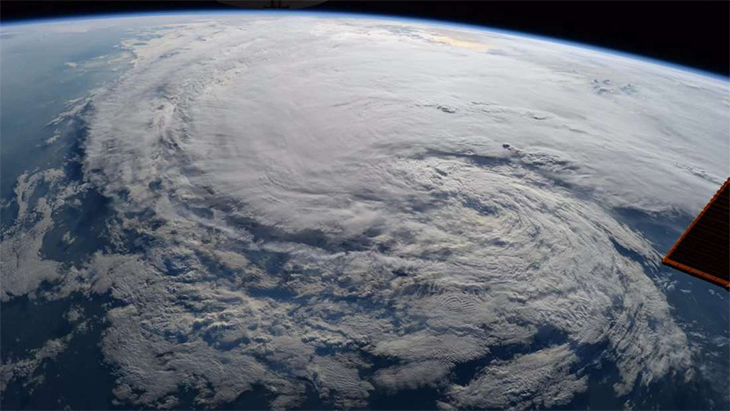By: Robin Andrews/IFL Science Hurricane Harvey, which is now a tropical storm, looked as if it would finally drift away from Texas and out to sea yesterday. Forecasters then predicted it would make a rare second landfall in the Lone Star State further down the coast, but now it appears to have drifted upwards instead and has just this moment made landfall in Louisiana.
Major storm surge and flood warnings have been in place for Louisiana for some time now, but now that the relentless storm has actually decided to pay this state a visit, the rising waters are likely to be far more severe than anyone previously predicted.
According to the National Hurricane Center (NHC), Harvey is now sitting just west of Cameron and is expected to slowly move north as it continues to lose strength. It’s safe to say that Texas bore the brunt of the beast, but Louisiana – a state that still hasn’t fully recovered from the terrible events brought by Hurricane Katrina back in 2005 – will be significantly affected too.

Things are far from over though. Harvey is an unusual hurricane/storm, in that it’s persisting a lot longer than some would have initially expected. After all, it was originally just remnants of a tropical storm, but researchers watched in horror as it regenerated into a hurricane as it made its way across the Gulf of Mexico.
NHC meteorologist Dennis Feltgen remarked on Tuesday that Harvey’s second landfall doesn’t mark the end of its destructive journey, but rather the “end of the beginning,” as per the Associated Press.
At the very least, this move means that Texas may finally get some relief from the ravages of the storm.

Hurricane Harvey’s rainfall distribution from August 27-29. NASA
Harvey has dumped around half the volume of Lake Tahoe on Houston over the last few days and has just recently broken the US record for the most rain produced during a single storm. At this point, it looks as if it may be one of the most costly, if not the most costly natural disaster in American history, causing billions in damages and leaving tens of thousands of people homeless.
The Federal Emergency Management Agency (FEMA) has said that they will be in the region for “years” to come. Experts have called the flooding – something that has been exacerbated by rising sea levels and warmer oceanic waters – a one-in-1,000 year event.




